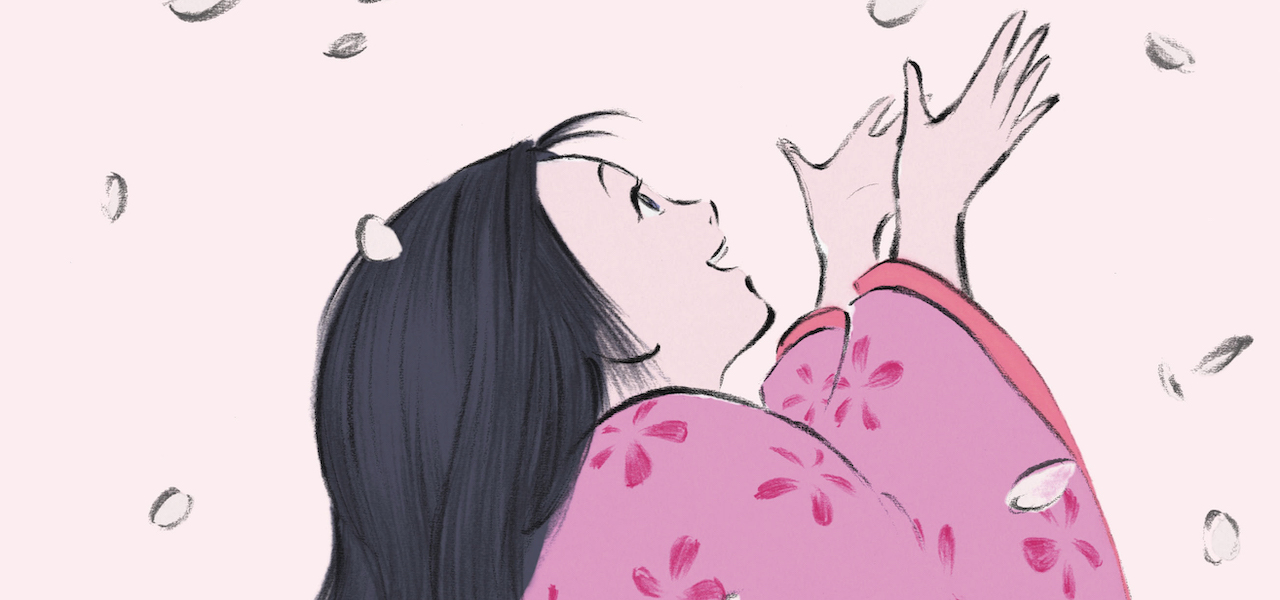
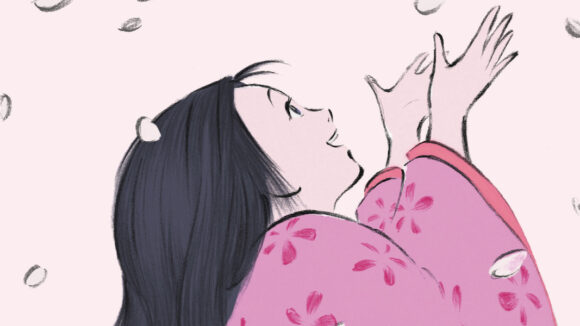
Ghibli Co-Founder Isao Takahata Gets Major Exhibition In Tokyo
For much of his epic career, Isao Takahata was eclipsed by his celebrity colleague Hayao Miyazaki — but the filmmaker’s death last year prompted a reevalution of his work. His stock continues to rise with a vast retrospective exhibition, “Takahata Isao: A Legend in Japanese Animation,” which runs until October 6 at The National Museum of Modern Art, Tokyo. It makes a case for why Takahata, who co-founded Studio Ghibli and directed such masterpieces as Grave of the Fireflies, was a revolutionary figure in Japanese animation.
The exhibition, which opened on Tuesday, asks the question, “How did a director who doesn’t draw create animation that would live on in history?,” and answers it with a detailed presentation of Takahata’s approach to filmmaking. The museum has got hold of reams of storyboards, concept art, and other behind-the-scenes materials, many of them never seen in public before. Visitors are also treated to dioramas, screenings, and a faithful reconstruction of the director’s desk in the 1960s.
The curators have segmented Takahata’s career into four chapters. The first centers on his early years at Toei Doga (now Toei Animation) as the studio set out to become the Disney of Asia. The second looks at the various tv series and specials he made in the 1970s, many of them based on European kids’ literature. The third focuses on his extraordinary run of Japan-set features in the 1980s and early 90s, and their concern with the legacy of the war. The fourth turns to his final two features, My Neighbors the Yamadas and The Tale of the Princess Kaguya, which put digital technology to highly innovative use. In a coup, the exhibition has unearthed a set of preliminary notes Takahata wrote about Kaguya a full 50 years before he made the film.
Takahata’s naturalistic, observational style — very unusual in Japanese animation at the time — forms a running theme, as does his interest in his country’s visual traditions. While it isn’t entirely true that he didn’t draw (he has some storyboard credits to his name), he certainly wasn’t an animator. His career was inextricably bound to a clique of hugely talented artists, among them Yoichi Kotabe, Yasuo Otsuka, and Miyazaki himself. Their work also features in the exhibition and their reminiscences can be heard on the accompanying audio guide.
The official website of “Takahata Isao: A Legend in Japanese Animation” is in Japanese only, but it does feature select artwork from the exhibition here. Those who want to buy tickets (and can read Japanese) can do so here.
Below is one of the exhibition posters as well as art from Heidi, Girl of the Alps (1974) and Pom Poko (1994) that is part of the exhibit:
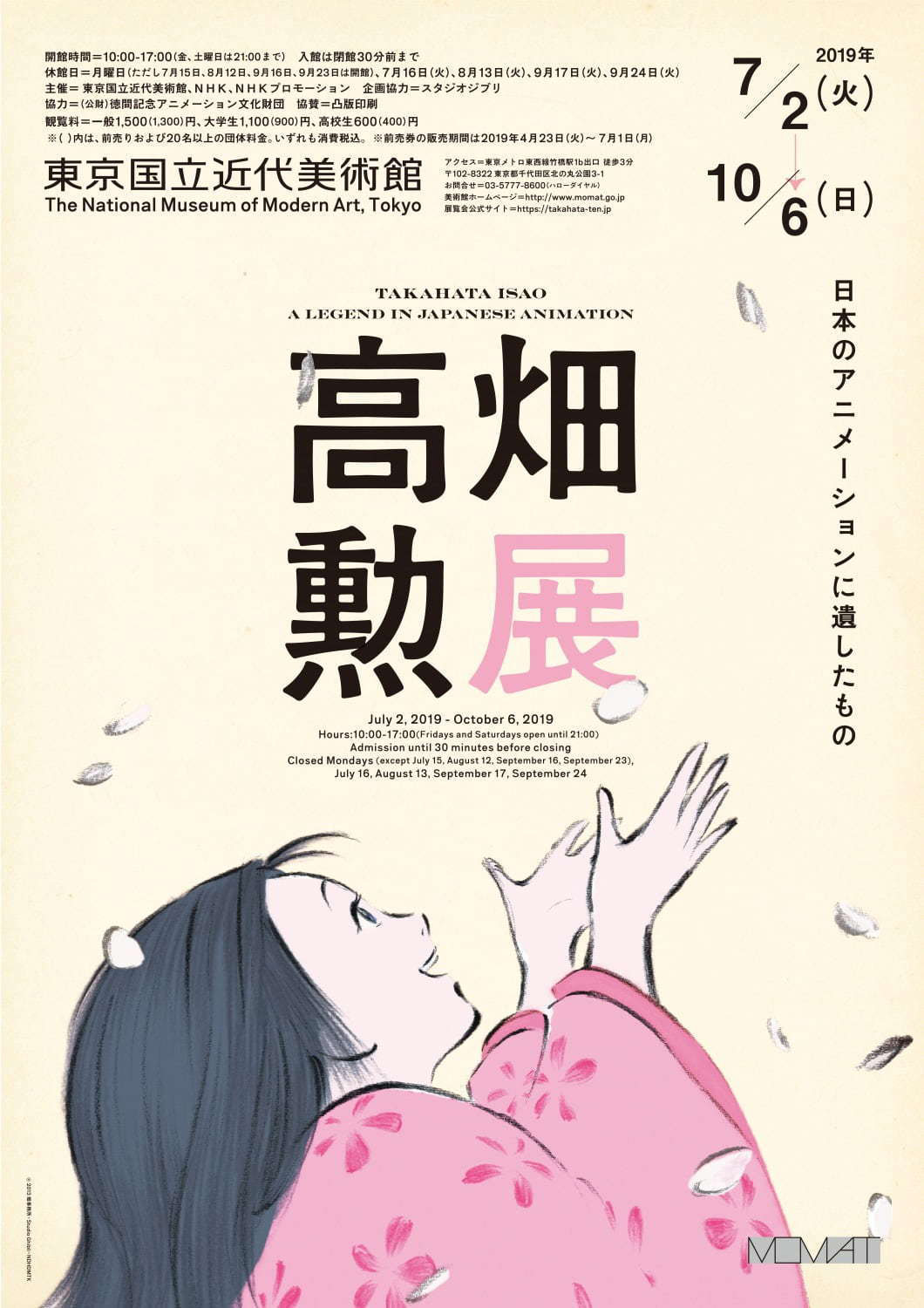
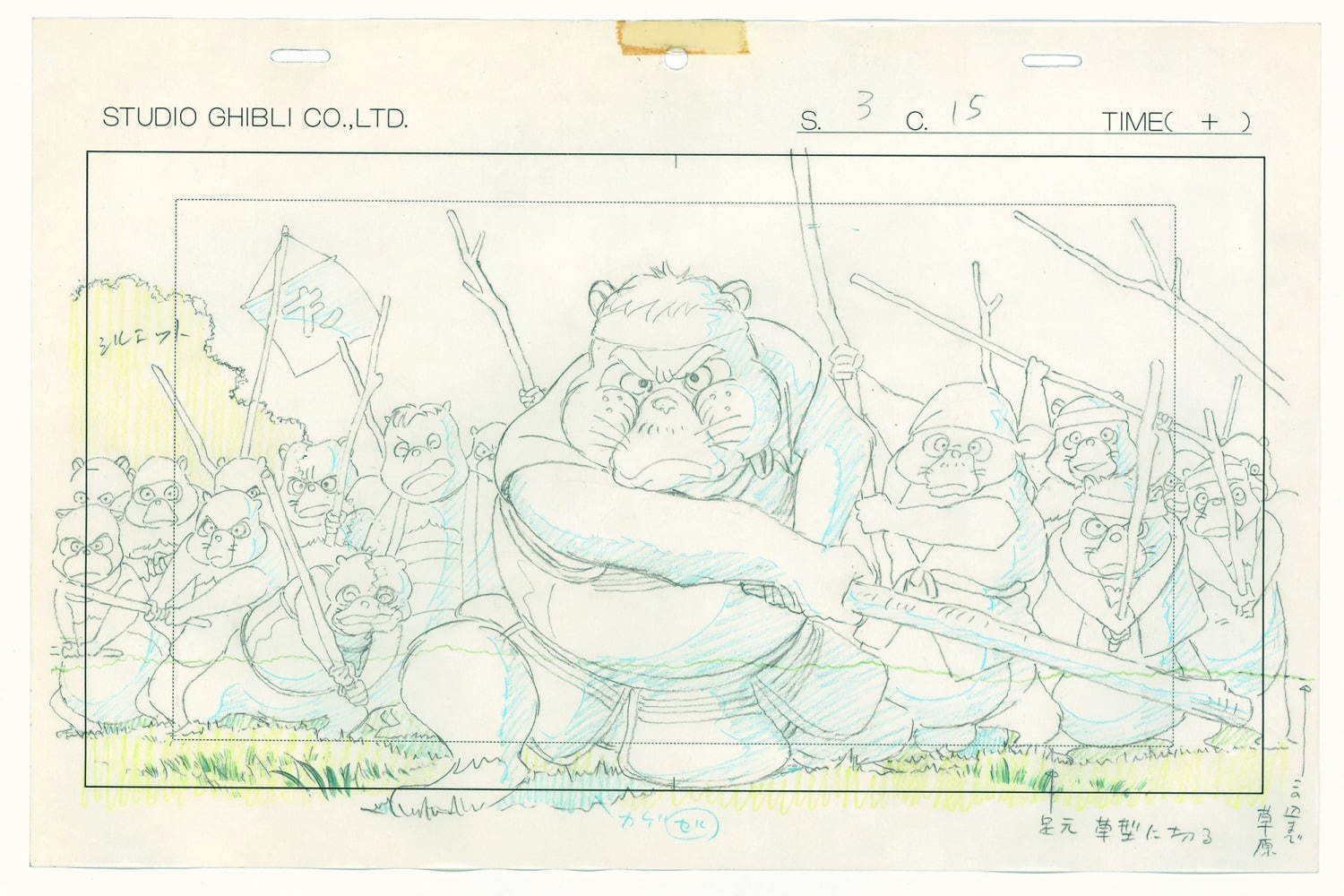

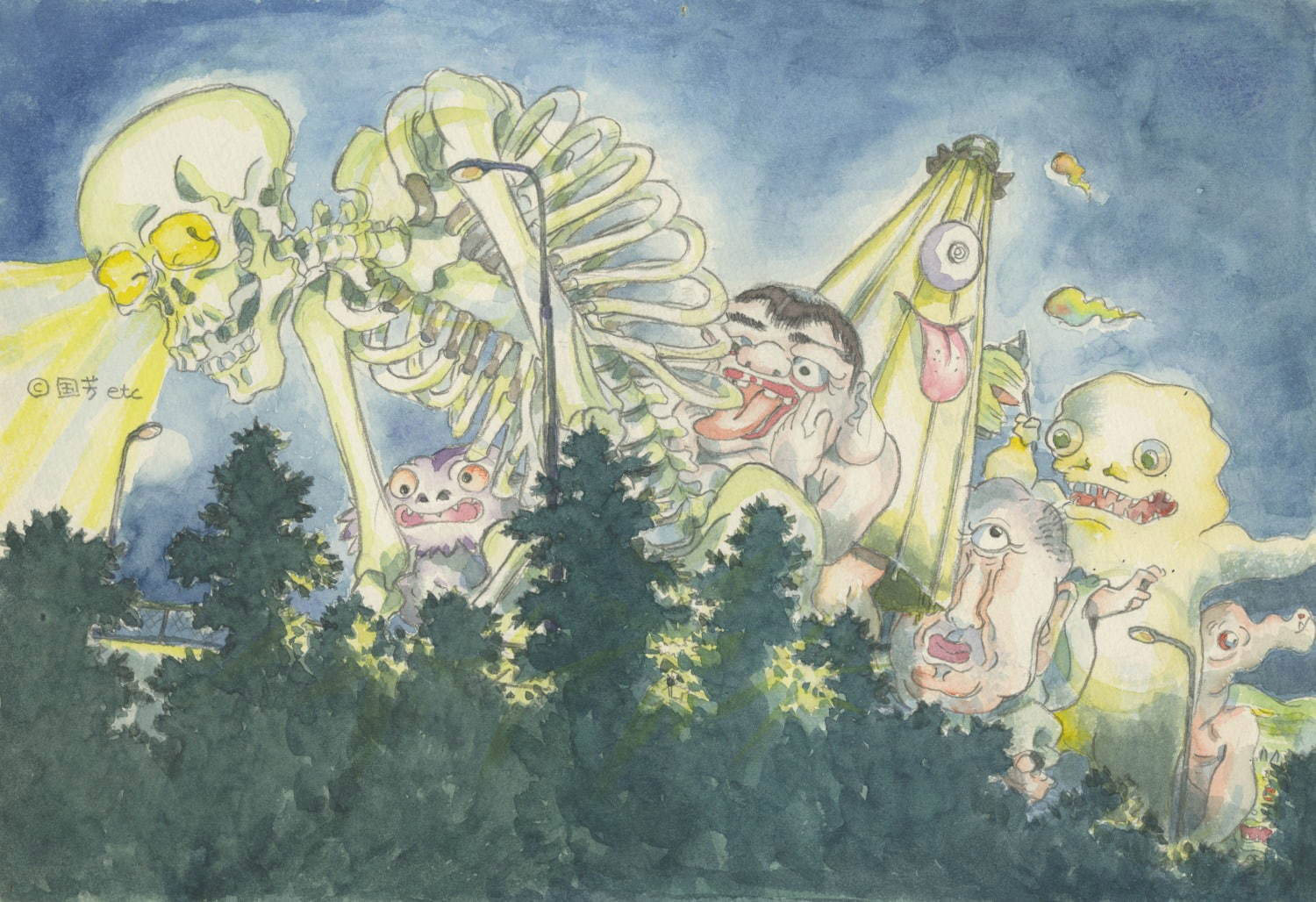
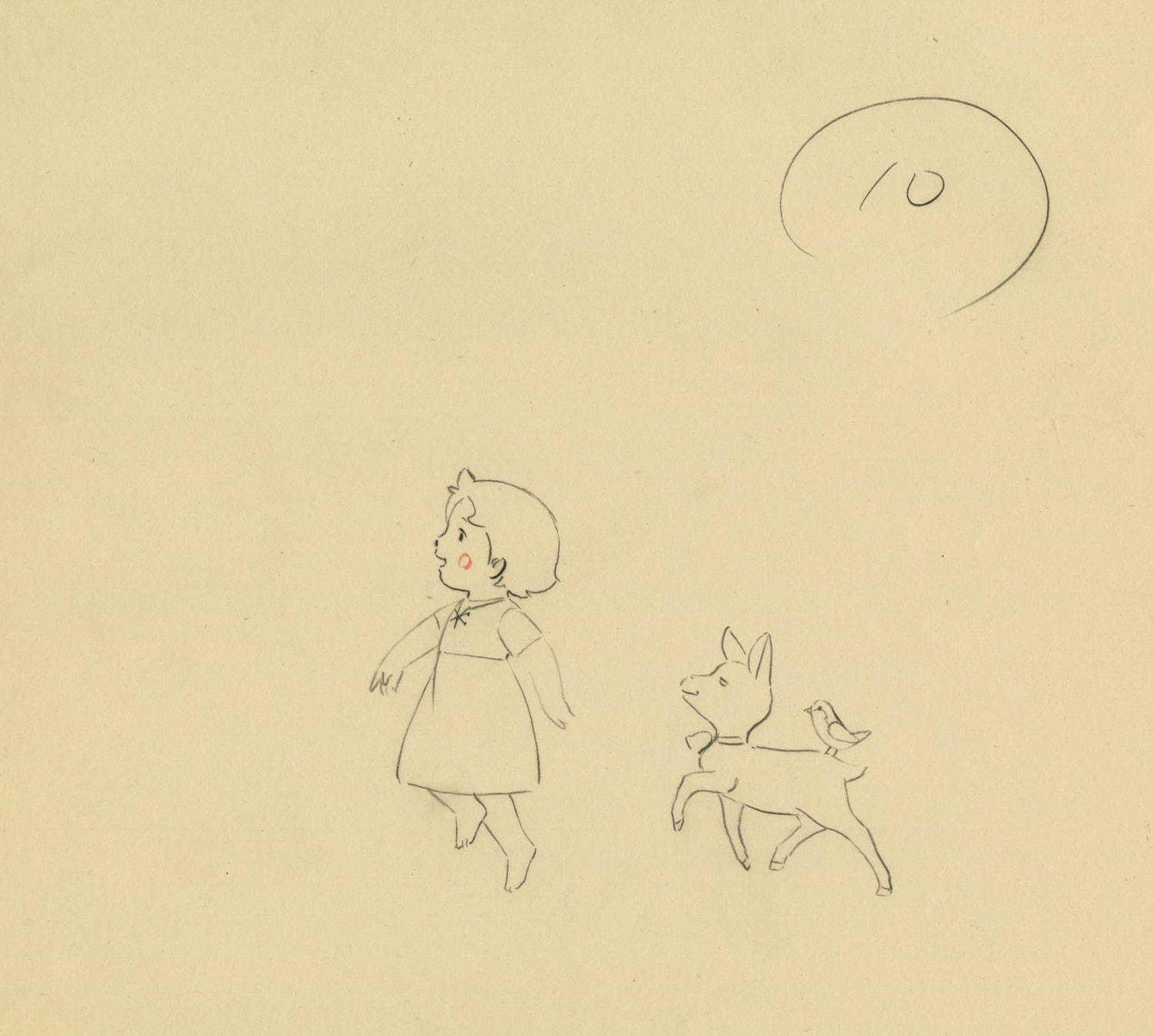
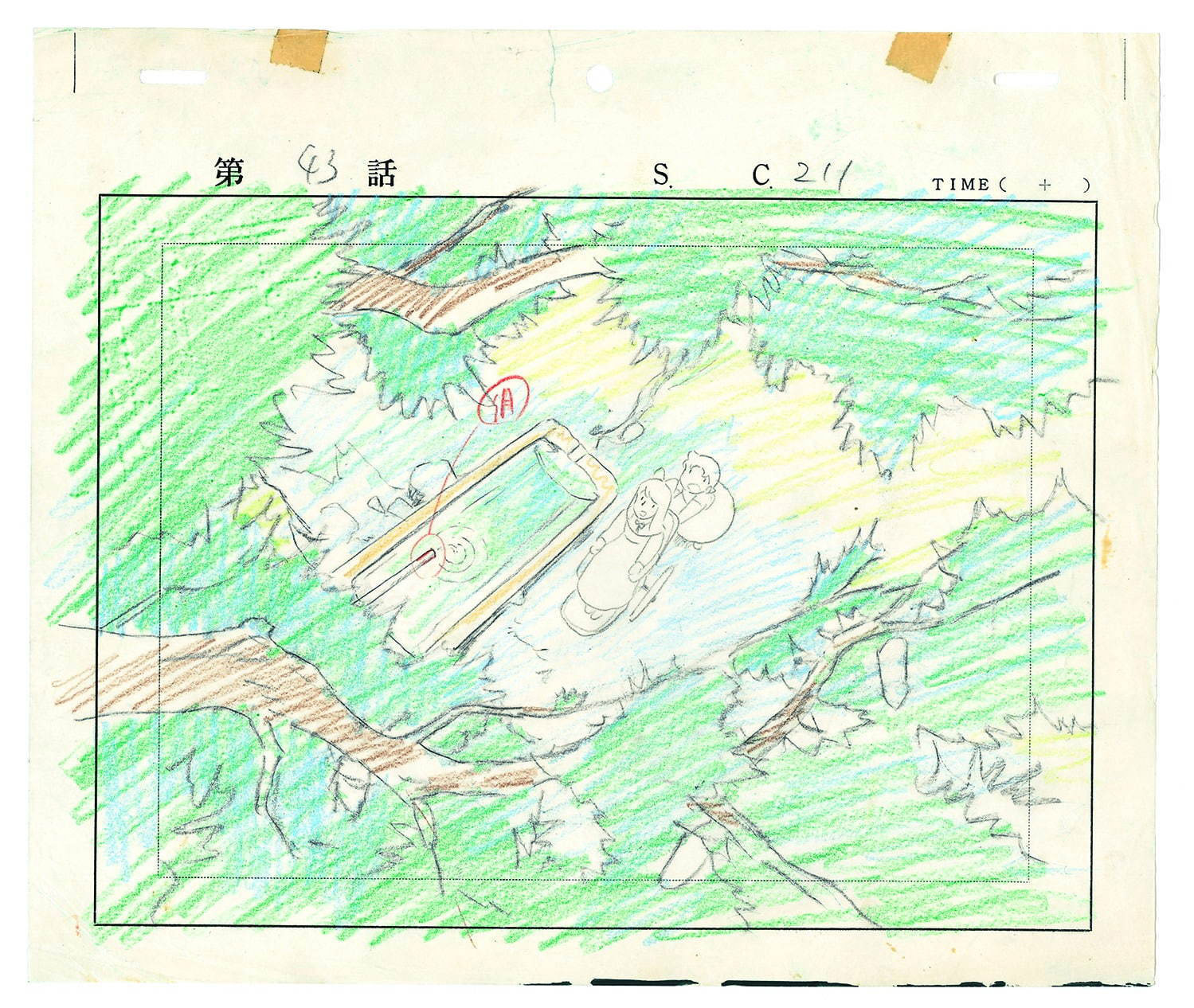
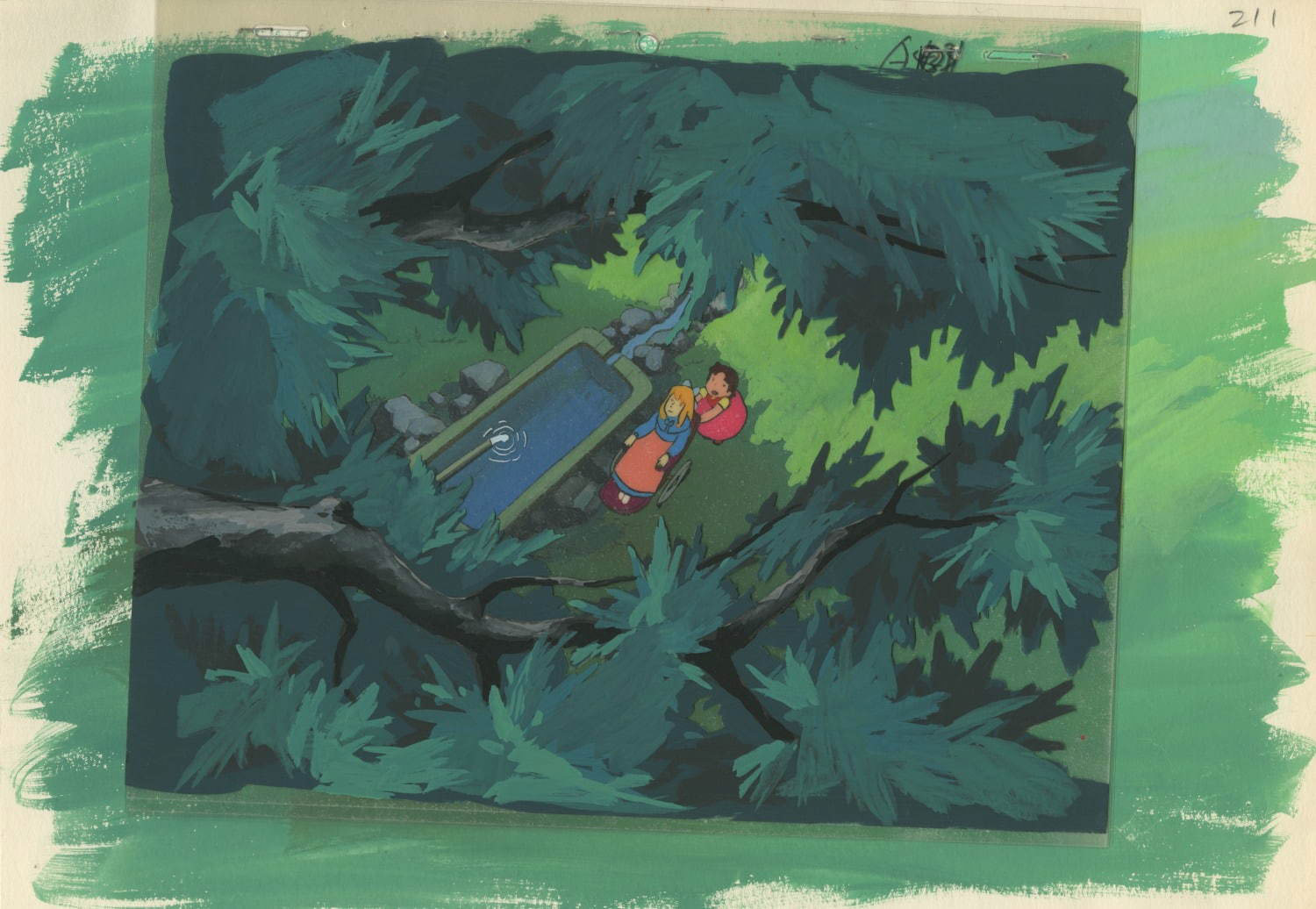
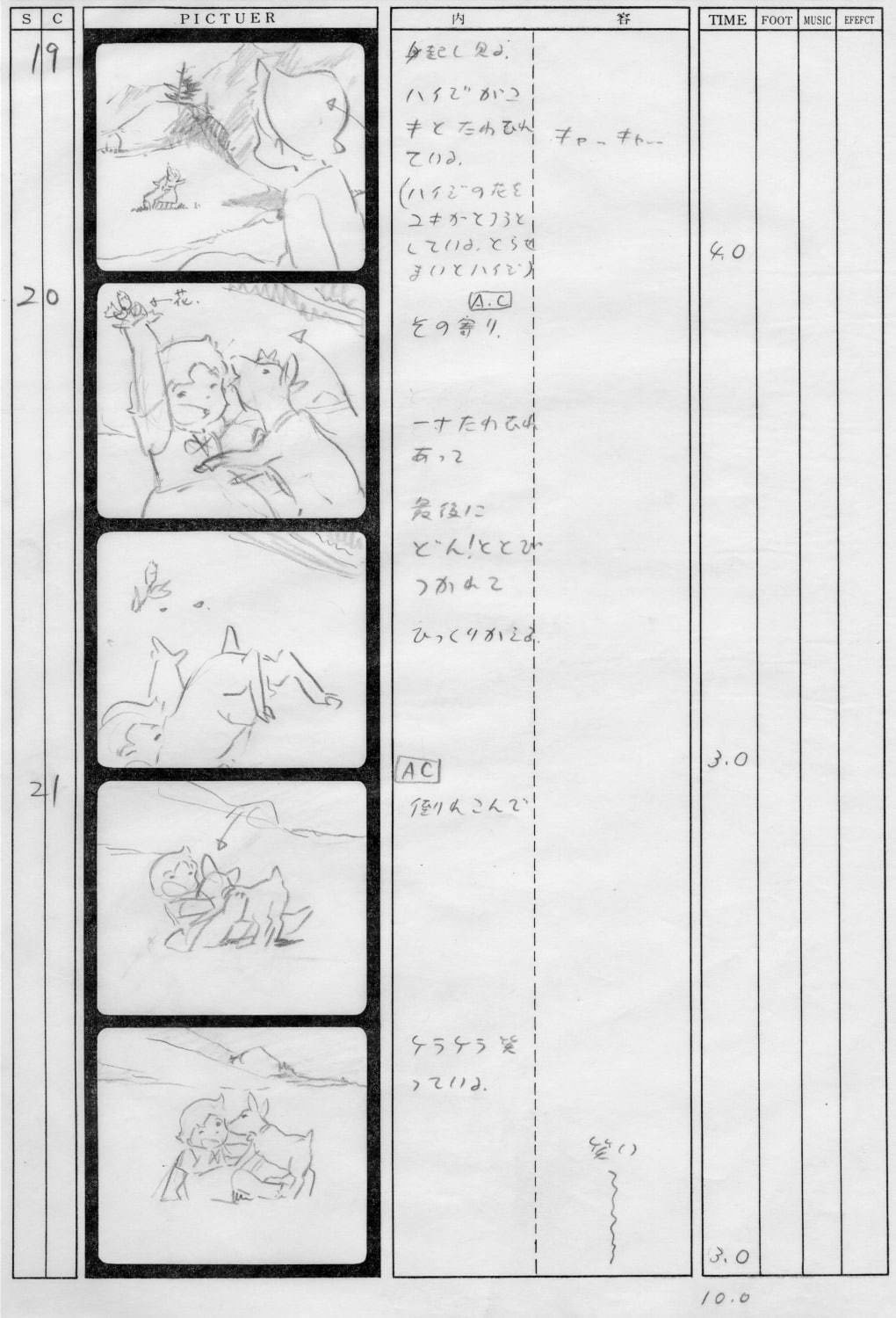
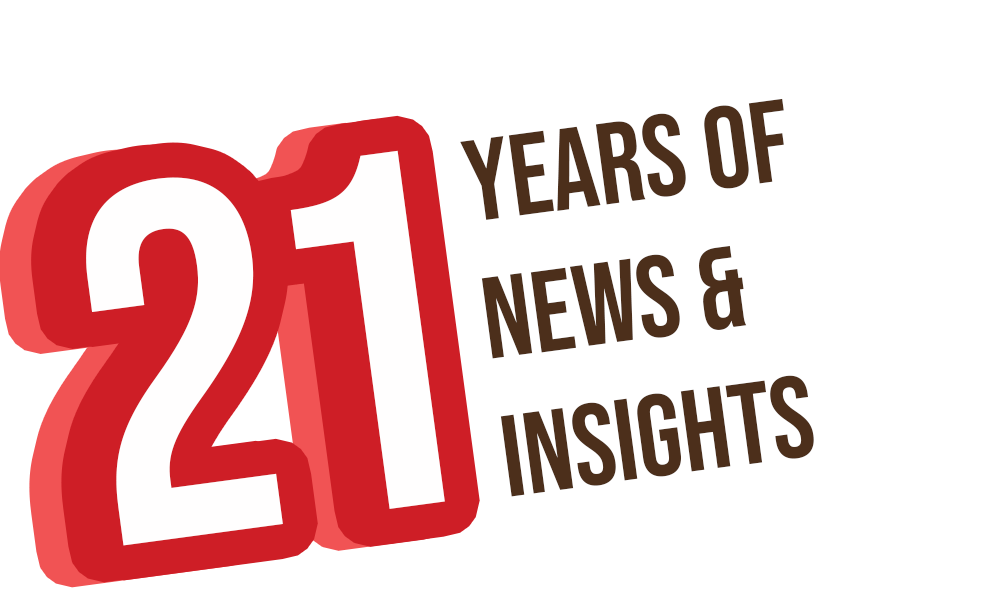
.png)